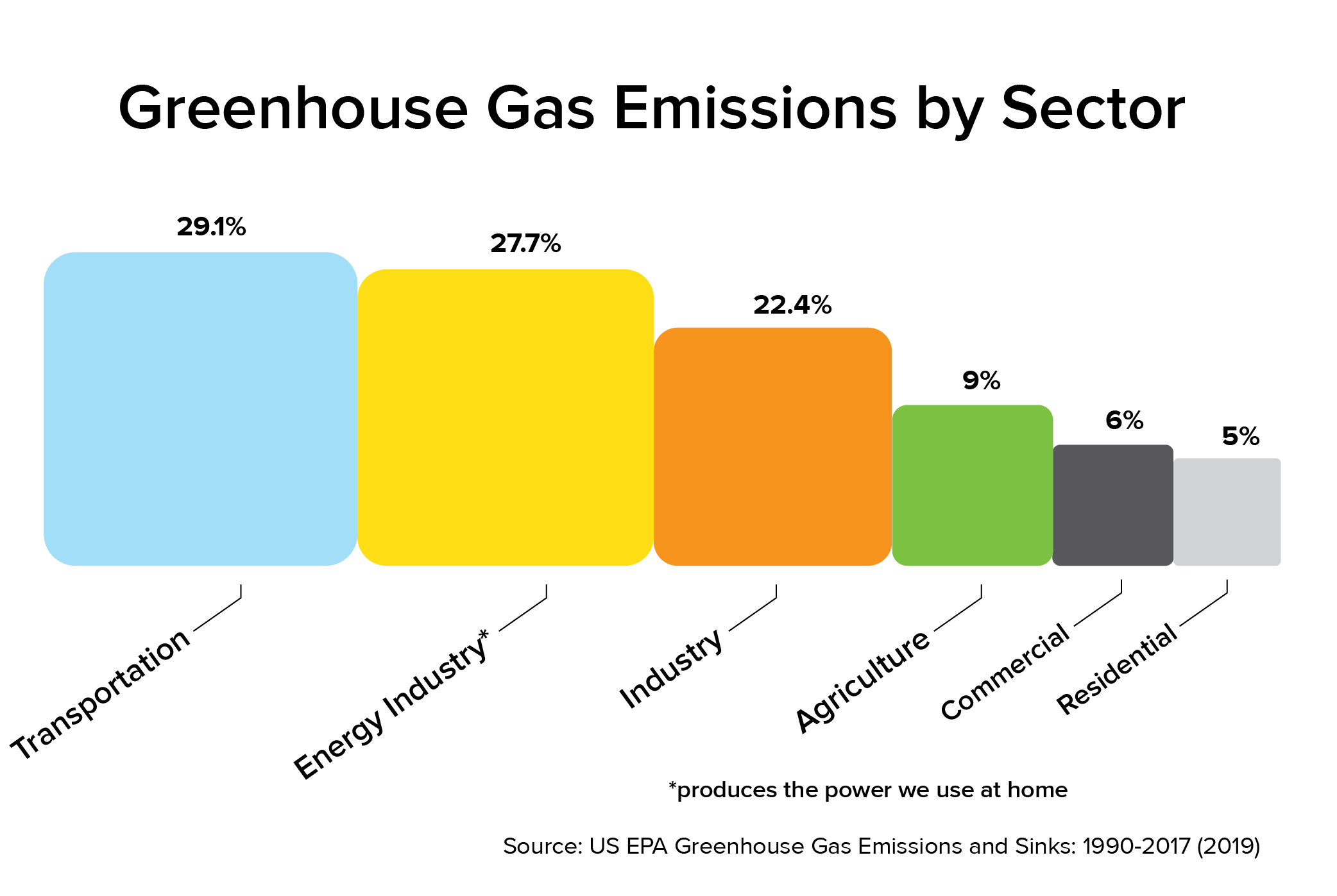Carbon Emissions
What are carbon emissions?
Carbon emissions affect the planet significantly, as they are the greenhouse gas with the highest levels of emissions in the atmosphere. This, of course, causes global warming and ultimately, climate change. Carbon dioxide is released into the atmosphere when fossil fuels — coal, natural gas, and oil — are burned.
What causes carbon emissions?
There are both natural and human sources of carbon dioxide emissions. Natural sources include decomposition, ocean release, and respiration. Human sources come from activities like cement production, deforestation as well as the burning of fossil fuels like coal, oil, and natural gas.
What is the biggest cause of co2 emissions?
Carbon dioxide (CO2): Fossil fuel use is the primary source of CO2. .
Methane (CH4): Agricultural activities, waste management, energy use, and biomass burning all contribute to CH4 emissions.
Why is carbon emission bad for the environment?
They cause climate change by trapping heat, and they also contribute to respiratory disease from smog and air pollution. Extreme weather, food supply disruptions, and increased wildfires are other effects of climate change caused by greenhouse gases
What is the largest contributor to carbon emissions?
Energy consumption is by far the biggest source of human-caused greenhouse gas emissions, responsible for a whopping 73% worldwide. The energy sector includes transportation, electricity and heat, buildings, manufacturing and construction, fugitive emissions and other fuel combustion.

Which country is the highest emitter per year?
In 2018, China was the biggest emitter of fossil fuel carbon dioxide (CO2) emissions. With a share of almost 30 percent of the world’s total CO2 emissions that year, this was almost twice the amount emitted by the second biggest emitter the United States.
Which country has the most carbon emissions?
China is the world’s largest contributing country to CO2 emissions—a trend that has steadily risen over the years—now producing 10.06 billion metric tons of CO2. The biggest culprit of CO2 emissions for these countries is electricity, notably, burning coal.
What is India doing to reduce carbon emissions?
India has promised to ensure that 40 percent of its electricity-generation capacity comes from non-fossil fuel sources by 2030. It will also reduce its “emissions intensity” — a ratio of total emissions to gross domestic product — by at least one-third compared with 2005 levels.

Try to solve quizzes
Q. Consider the following statements:
1. Burning fossil fuels is the major source of human-produced carbon dioxide.
2. Forty to 50 percent of the carbon dioxide stays in the air, and about 30 percent is dissolved in the oceans.
3. The major contributors to carbon footprints are food, consumption, transportation, and household energy.
Which of the statements given above is/are correct?
(a) 1 only
(b) 2 and 3 only
(c) 1 and 3 only
(d) 1, 2 and 3
Q.Which of the following would have the biggest impact on reducing carbon emissions?
(a) Growing our own vegetables
(b) Stopping deforestation
(c) Taking all fossil fuel-burning vehicles off the road
(d) Shutting down all fossil fuel power plants
For more Quiz: http://www.nalandaias.com/current-affairs/
Daily Current Affairs Quiz for UPSC Prelims | Get updated with the daily Currents Affairs to Crack the UPSC Prelims



